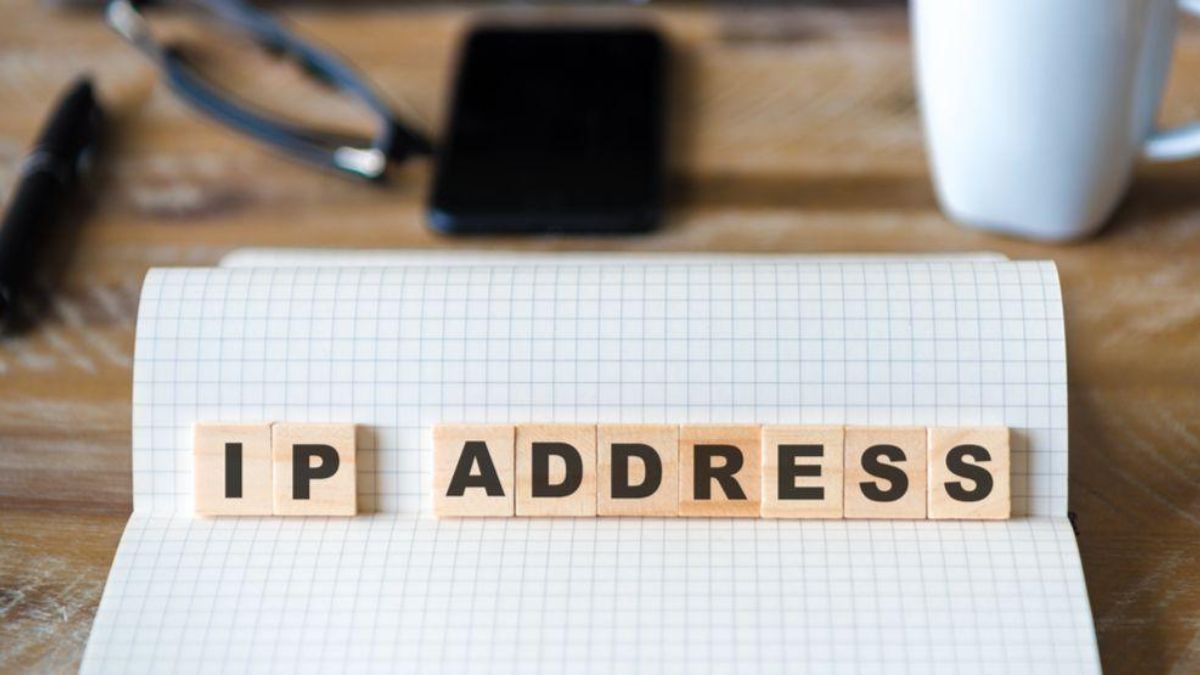Introduction
In the world of digital communication, numbers often carry more weight than words. One such example is 185.63.253.300. At first glance, it appears to be just another string of digits, but for professionals in networking, cybersecurity, and IT infrastructure, it represents a point of curiosity, analysis, and sometimes concern. While it may not immediately resemble a typical web address or a common server endpoint, IP addresses like 185.63.253.300 play a crucial role in how devices communicate across global networks.
This article will dive deep into the nature of IP addresses, the technical and security implications of an entry like 185.63.253.300, and why understanding such addresses matters for businesses, developers, and even everyday users.
What Is an IP Address?
Before analyzing 185.63.253.300, it’s essential to understand what an IP (Internet Protocol) address is. Simply put, it’s a unique numerical label assigned to each device connected to a network that uses the Internet Protocol for communication.
- IPv4 Format: Consists of four numerical blocks (e.g., 192.168.1.1).
- IPv6 Format: A newer, longer system designed to expand available address space.
Interestingly, 185.63.253.300 does not fit the conventional IPv4 format perfectly, since in IPv4 each block should range from 0 to 255. This peculiarity often raises questions about whether the address is misconfigured, reserved, or symbolic within documentation or analysis contexts.
Why 185.63.253.300 Stands Out
Unlike standard, valid IPv4 addresses, 185.63.253.300 exceeds the allowable range in its final octet. This makes it technically “invalid” under strict networking rules. Yet, such entries often appear in logs, penetration tests, or even documentation for illustrative purposes.
Possible Scenarios Where 185.63.253.300 Might Appear
- Misconfigured Systems – Sometimes, network devices or software output incorrect addresses due to coding errors.
- Test Environments – Developers may use values like 185.63.253.300 as placeholders during testing.
- Cybersecurity Research – Security analysts may encounter odd addresses in malicious scripts or suspicious logs.
- Educational Examples – Trainers and guides may deliberately use such addresses to explain what “invalid IPs” look like.
Networking and 185.63.253.300
When considering IP addresses, networking professionals focus on routing, connectivity, and accessibility. Since 185.63.253.300 falls outside the valid IPv4 range, it cannot route traffic or connect to real-world devices.
However, studying anomalies like 185.63.253.300 provides value:
- Error Handling: Developers test how systems respond to invalid inputs.
- Data Validation: Ensures applications reject malformed IP addresses.
- Logging Analysis: Identifies suspicious or nonsensical entries in traffic data.
Cybersecurity Implications of 185.63.253.300
Cybersecurity teams often come across unusual addresses, and 185.63.253.300 is a prime example. Even though it’s not a valid endpoint, it can still hold relevance in several contexts:
- Malicious Code Testing
Hackers sometimes insert invalid IPs like 185.63.253.300 into malware scripts to evade detection. Analysts must investigate whether the value is a decoy or linked to a broader attack strategy. - Phishing and Spoofing
In rare cases, fake IPs are used in misleading messages to confuse victims. The presence of 185.63.253.300 in communication headers may act as a red flag. - Firewall and IDS Rules
Security tools often include checks against malformed addresses. Monitoring for anomalies like 185.63.253.300 strengthens defenses against exploitation attempts. - Forensic Investigations
During post-breach analysis, investigators catalog every anomaly. A recurring entry like 185.63.253.300 in system logs could indicate tampering or misconfiguration.
185.63.253.300 in IT Documentation
Beyond live networks, 185.63.253.300 may show up in technical documentation, training manuals, or even classroom examples. Its presence helps highlight rules:
- It teaches that IP ranges have strict limits.
- It demonstrates the need for validation in coding practices.
- It provides a “what not to use” case for learners.
By encountering 185.63.253.300 in controlled examples, students better understand why respecting numeric ranges in networking is crucial.
Practical Lessons from 185.63.253.300
Even though 185.63.253.300 isn’t usable as a live address, it can teach important lessons for IT professionals:
- Validation Is Non-Negotiable: Systems must validate IP formats before processing.
- Expect the Unexpected: Logs may contain odd entries like 185.63.253.300; analysts must remain curious.
- Security Through Awareness: Recognizing malformed IPs can help detect malicious intent.
- Document Carefully: When writing examples, highlight the difference between real and illustrative addresses.
Common Misconceptions About 185.63.253.300
- “It’s a Hidden Server” – False. It cannot correspond to a functioning server due to format restrictions.
- “It’s Dangerous by Itself” – Not true. The number itself poses no threat; its context may.
- “It’s Just a Typo” – Sometimes yes, but not always. It could be deliberate for testing or trickery.
Understanding these misconceptions helps IT teams avoid overreaction while still maintaining vigilance.
Why Businesses Should Care About Odd IPs Like 185.63.253.300
For businesses managing websites, applications, or databases, awareness of anomalies like 185.63.253.300 matters:
- Improved Log Management: Spotting irregularities early prevents larger security issues.
- Customer Trust: Ensuring systems don’t misprocess invalid inputs builds reliability.
- Compliance: Regulatory frameworks often require systems to handle data validation securely.
Businesses ignoring oddities in IP data may overlook subtle signs of misconfigurations or cyberattacks.
Future of IP Addressing and Lessons from 185.63.253.300
As IPv6 adoption grows, entries like 185.63.253.300 will continue to highlight the importance of format validation. While IPv6 offers vastly more address space, ensuring input accuracy remains a critical task.
Future systems will likely:
- Employ stronger validation frameworks.
- Use AI-driven log analysis to flag anomalies.
- Emphasize cybersecurity education that includes cases like 185.63.253.300.
Conclusion
At first glance, 185.63.253.300 looks like just another IP address. But a closer look reveals its technical irregularity and its value as a teaching tool, testing scenario, and security indicator. While it cannot exist as a functioning endpoint, its presence in logs, examples, or code highlights critical lessons about validation, error handling, and vigilance.
For IT professionals, network administrators, and cybersecurity analysts, the lesson is clear: never dismiss anomalies. Whether a typo, placeholder, or intentional decoy, entries like 185.63.253.300 remind us that small details often hold the key to system reliability and security.


